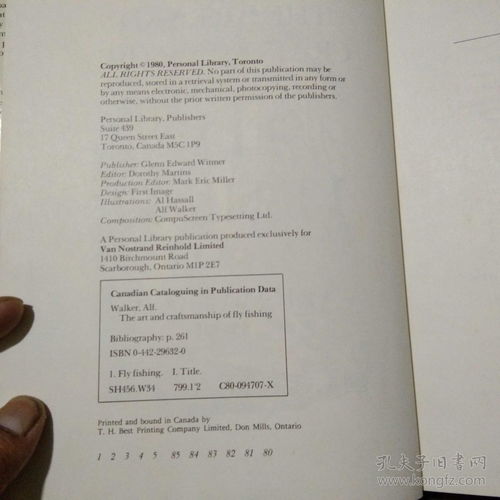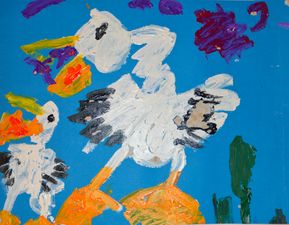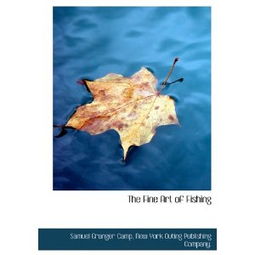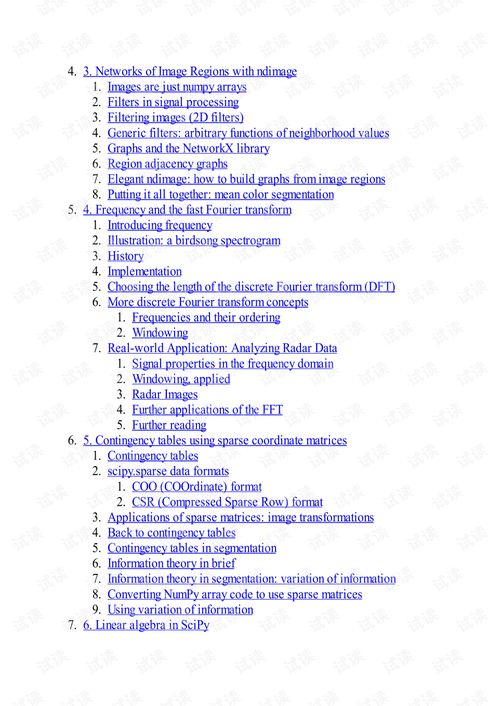Content:
Embarking on the journey of fly fishing is an exciting endeavor that requires not only a passion for the outdoors but also a set of essential skills. One such skill is the art of fly fishing line tying, which is crucial for ensuring your equipment is ready for the challenge ahead. Whether you're a beginner or looking to refine your technique, practicing at home can be a great way to get started. Here's a comprehensive guide on how to practice fly fishing line tying techniques from the comfort of your own home.
Understanding the Basics

Before diving into the practical aspects of line tying, it's important to understand the different types of fly fishing lines and their purposes. The most common types include:
- Fly Line: The main line that carries the fly to the fish.
- Leader: A tapered section of line that connects the fly line to the fly, designed to imitate natural prey and reduce visibility.
- Tippet: The final section of the leader that terminates in the fly, usually the thinnest part of the setup for increased stealth.
Essential Tools for Home Practice
To start practicing fly fishing line tying, you'll need a few basic tools:
- Fly Fishing Line: A spool of fly line to practice with.
- Leader Material: Various diameters of monofilament or fluorocarbon for leaders and tippets.
- Nippers: Scissors for cutting line.
- Line Tie Knots Book: A reference guide for different knots and their applications.
- Needle: For threading the leader through the fly line.
Practical Techniques to Practice at Home
Basic Knots:
- Improved Clinch Knot: A versatile knot used for attaching flies and leaders.
- Albright Knot: A strong and simple knot suitable for connecting two lines.
- Blood Knot: A small, strong knot used for joining two lines of similar diameter.
Leader and Tippet Preparation:
- Cutting and Measuring: Learn how to measure and cut the appropriate lengths of leader and tippet material.
- Threading the Leader: Practice threading the leader through the fly line and through the eye of the fly.
Fly Line to Leader Connection:
- Loop to Loop: A quick and efficient method for connecting the fly line to the leader.
- Improved Clinch Knot to Fly Line: Practice attaching the leader to the fly line using the improved clinch knot.
Tippet to Leader Connection:
- Blood Knot to Leader: Learn how to tie a blood knot to join the tippet to the leader.
Fly Attaching:
- Improved Clinch Knot to Fly: Practice attaching a fly to the tippet using the improved clinch knot.
Safety and Practice Tips
- Work in a Well-Lit Area: Good visibility is crucial for precise line tying.
- Practice Patience: Tying knots can be time-consuming, so be patient and take your time.
- Keep Your Tools Clean: Regularly clean your nippers and needle to prevent snags and tangles.
- Use a Knot Book: Keep a knot book handy for reference and to learn new knots.
Conclusion
By practicing fly fishing line tying at home, you can develop the skills necessary to confidently set up your equipment for a successful fishing trip. Remember, practice makes perfect, so don't be discouraged by initial challenges. With persistence and dedication, you'll soon be able to tie a variety of knots and connections with ease. Happy tying, and here's to many enjoyable days on the water!












